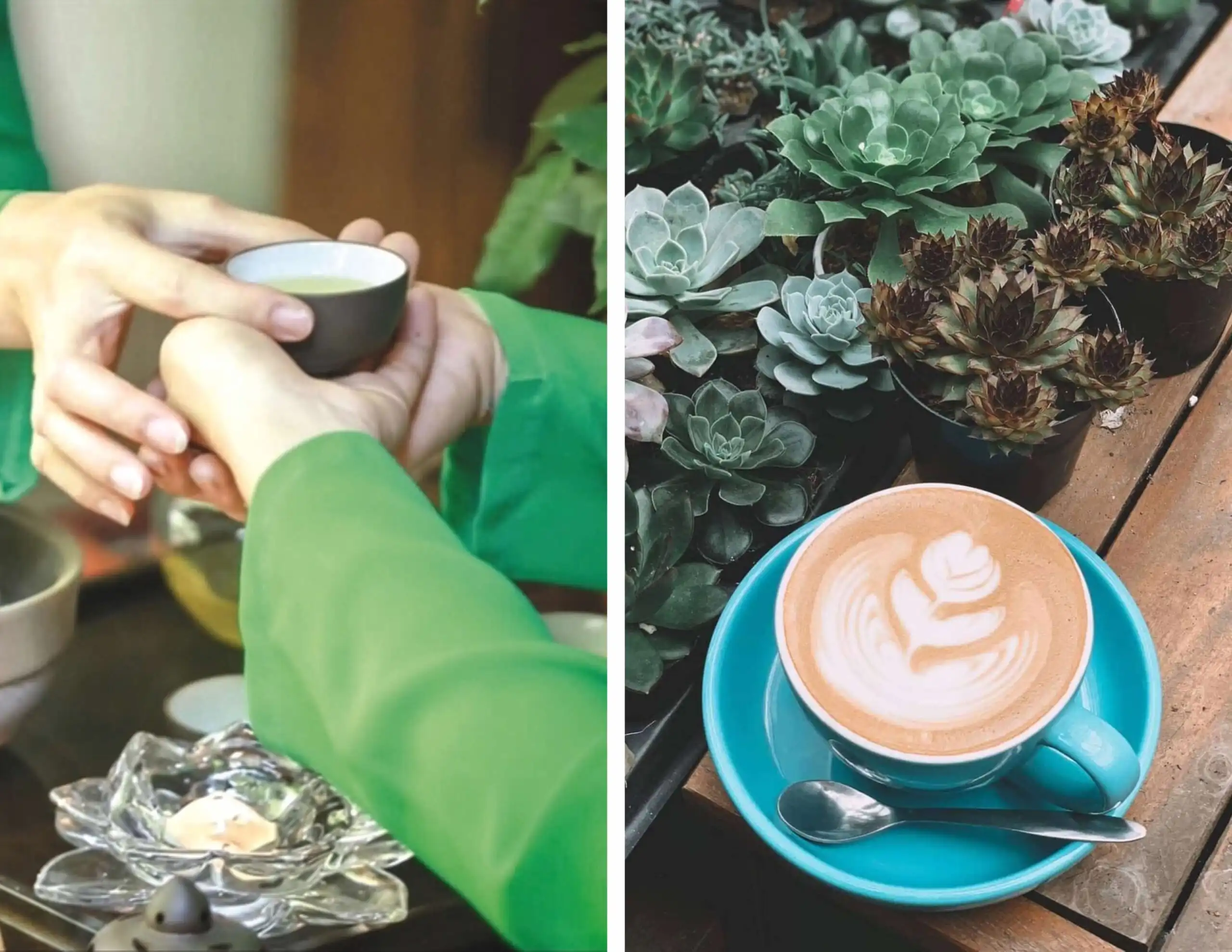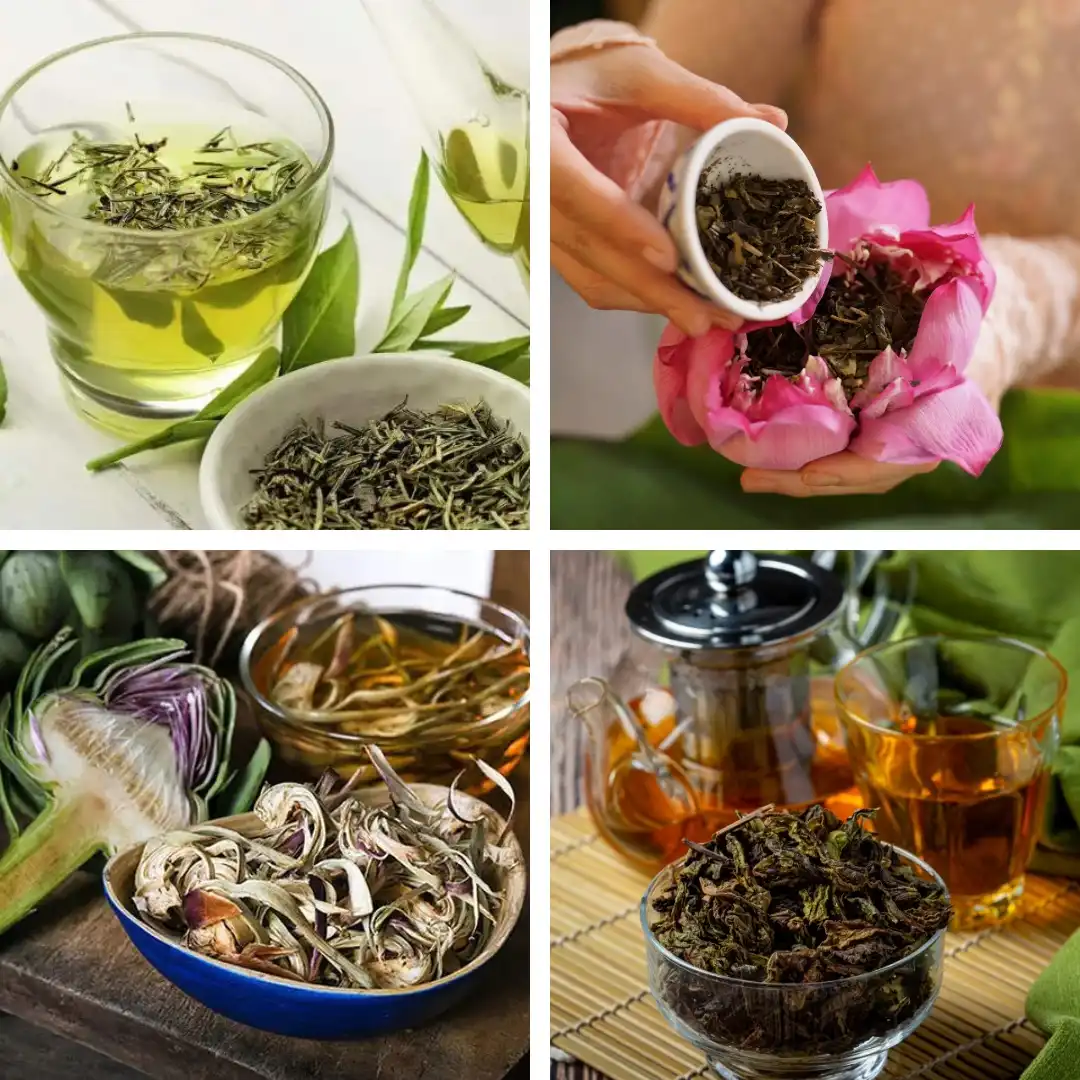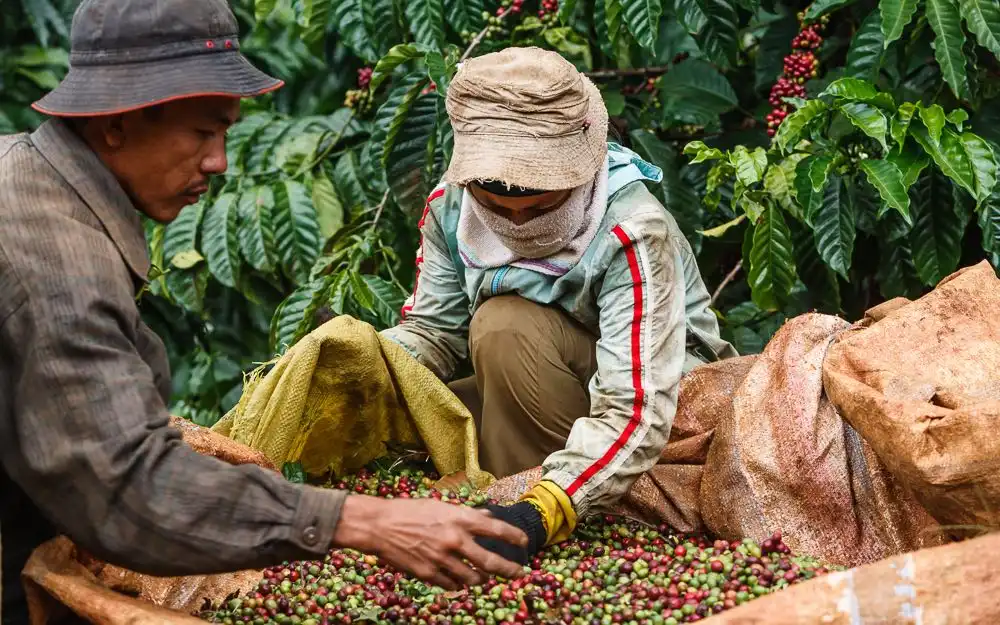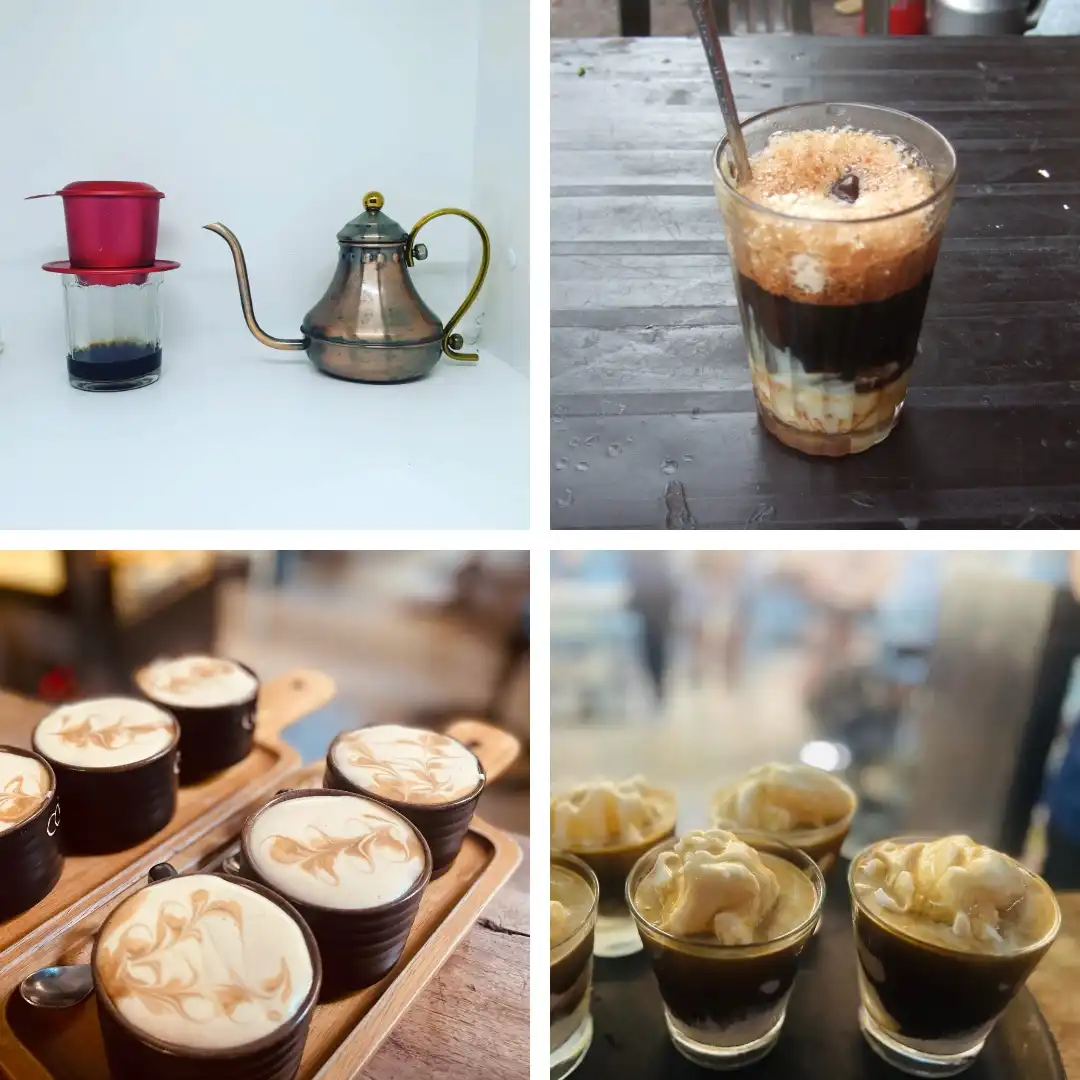Vietnam is renowned for its rich tea and coffee culture, which is deeply intertwined with the country’s history, traditions, and daily life. Vietnam’s tea and coffee culture is as rich and diverse as the country itself. From the highlands of Dalat to the bustling streets of Hanoi and Ho Chi Minh City, tea and coffee are more than just beverages—they are a reflection of Vietnamese hospitality, creativity, and social life.
Hoi An, a charming ancient town in Vietnam, is not only famous for its picturesque architecture and rich history but also for its vibrant tea and coffee culture. From historical significance to modern trends, Hoi An offers a unique experience for tea and coffee aficionados.

Historical Overview of Vietnamese Tea & Coffee
Tea drinking in Vietnam dates back over 2,000 years, influenced by Chinese traditions. However, Vietnam has developed its own unique tea culture with distinct varieties and rituals. The French colonization in the 19th century introduced coffee to Vietnam, which quickly became popular and is now a cornerstone of Vietnamese culture.
Vietnamese tradition places great importance on hospitality and connection over tea and coffee. In Hoi An, this tradition is evident in the way to prepare and serve this beverages with care and respect.
Tea Culture in Hoi An
Tea is an integral part of Vietnamese hospitality. Guests are often greeted with a cup of hot tea as a sign of respect and welcome. Vietnamese tea is often served hot and strong, without milk or sugar, to highlight its natural flavors. Tea preparation in Hoi An is an art form, with specific brewing techniques and serving rituals that highlight the flavors and aromas of each cup.

Types of Vietnamese Tea
1. Green Tea (Trà Xanh): The most common type, often enjoyed plain or with jasmine flowers for added fragrance.
2. Lotus Tea (Trà Sen): A specialty where green tea leaves are infused with the scent of lotus flowers. This tea is a symbol of purity and associated with royalty.
3. Artichoke Tea (Trà Atiso): Made from the leaves, stems, and flowers of the artichoke plant, this tea is for its health benefits, including liver detoxification and digestion aid.
4. Oolong Tea (Trà Ô Long): A semi-oxidized tea known for its unique aroma and taste. Often enjoyed during social gatherings.

The traditional tea culture in Hoi An is a reflection of the region’s diverse flavors and customs. Hoi An boasts a range of local teas, from fragrant green teas to herbal blends infused with local ingredients like lemongrass and ginger. Tea houses and gardens in Hoi An offer a serene escape from the bustling streets. They allow visitors to relax and indulge in the peaceful ambiance while sipping on their favorite brew.
Coffee in Vietnam
Vietnam is the world’s second-largest coffee producer, and its coffee culture is constantly evolving. Coffee shops in Vietnam are more than just places to grab a quick drink, they are social hubs where people gather to chat, work, and relax. From street-side vendors to upscale cafes, each venue offers a unique atmosphere and experience.
Robust flavor and unique brewing techniques is famous at Vietnamese coffee . The iconic “cà phê phin” (drip coffee) uses a small metal drip filter, producing a strong and aromatic brew. Served hot or iced, it is often sweetened with condensed milk, creating the famous “cà phê sữa đá.”

Types of Vietnamese Coffee
1. Cà Phê Đen (Black Coffee): Strong and robust, typically served with a layer of condensed milk (cà phê sữa) at the bottom for added sweetness.
2. Cà Phê Sữa Đá (Iced Milk Coffee): A refreshing version of black coffee with condensed milk and ice, perfect for the hot Vietnamese climate.
3. Egg Coffee (Cà Phê Trứng): Specialty from Hanoi. A creamy, meringue-like egg yolk foam is layering on top of rich Vietnamese coffee. It’s a unique treat that surprises many first-time tasters.
4. Coconut Coffee (Cà Phê Dừa): A delicious blend of strong coffee and sweet, creamy coconut milk, often served over ice.

Coffee Culture in Hoi An
Hoi An’s coffee culture has evolved from traditional drip coffee to modern specialty blends, reflecting the creative spirit of local baristas. Specialty coffee shops are emerging, focusing on high-quality beans sourced from local farms, particularly in the Central Highlands region of Dalat, known for its ideal coffee-growing conditions.
For instance, Phin Coffee Restaurant in Hoi An is a prime example of a place where you can enjoy high-quality coffee in a charming setting with top rating reviews. Known for using beans sourced from Dalat and also boasts its own roastery and supplies multiple cafes across the country. Their meticulous approach to coffee-making ensures a consistently excellent brew.
Hoi An’s tea and coffee culture is a true reflection of the region’s rich history, vibrant traditions, and creative spirit. Exploring the diverse flavors and rituals of tea and coffee in Hoi An is a sensory journey like no other. So, when you find yourself in this enchanting town, don’t miss the opportunity to savor a cup of tea or coffee and captures the essence of Hoi An’s unique cultural heritage.
For more insights into Vietnamese culture and travel tips, visit Hoi An Cycling Tour and start planning your adventure today.
Leave a Reply